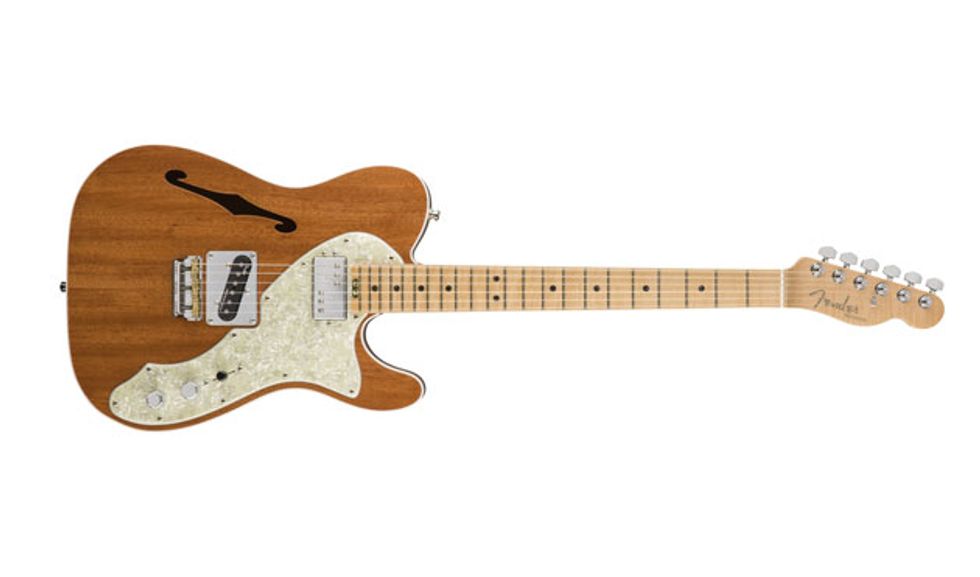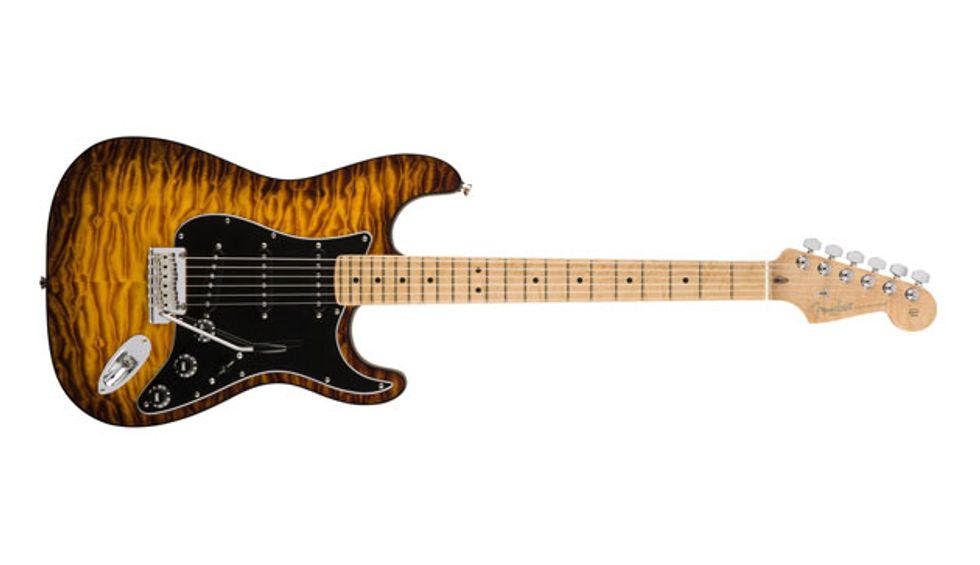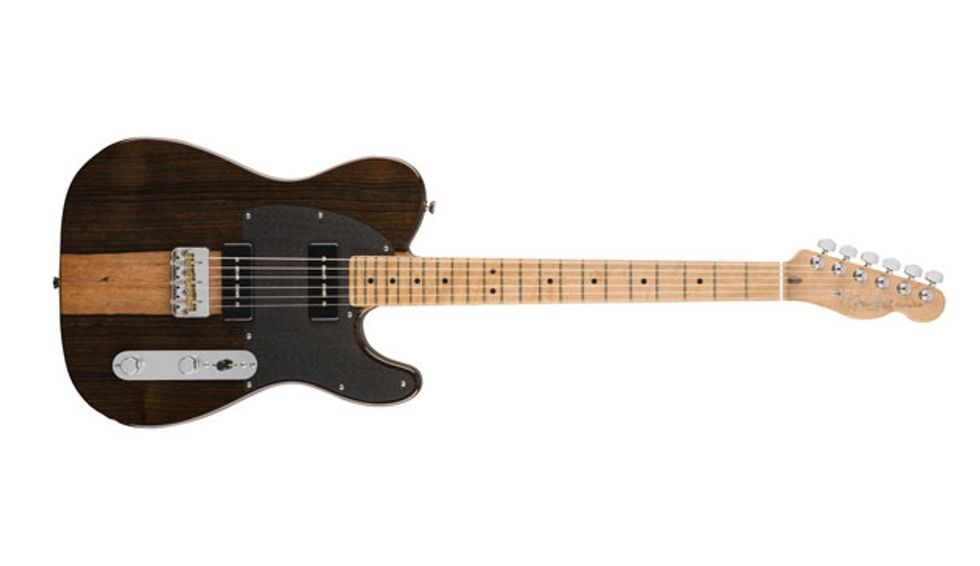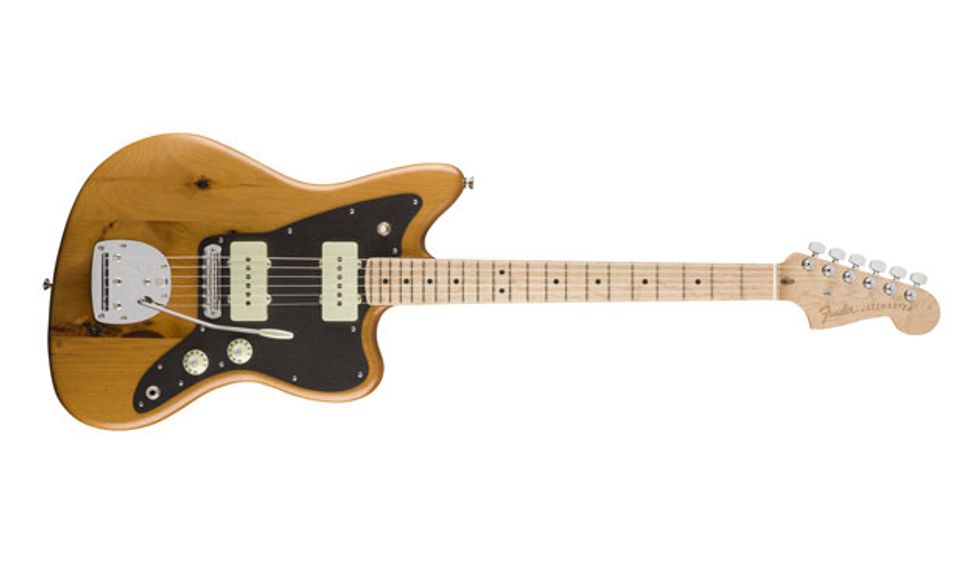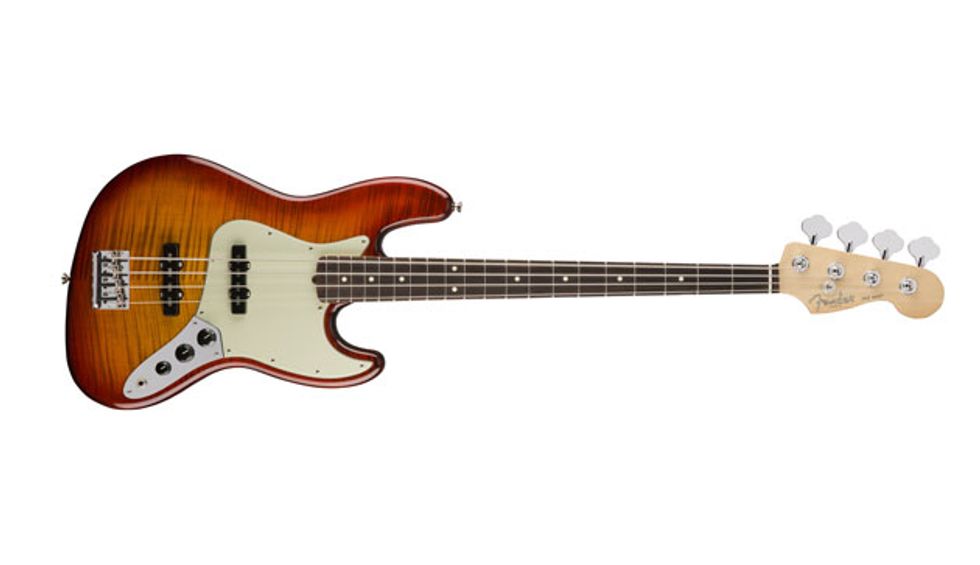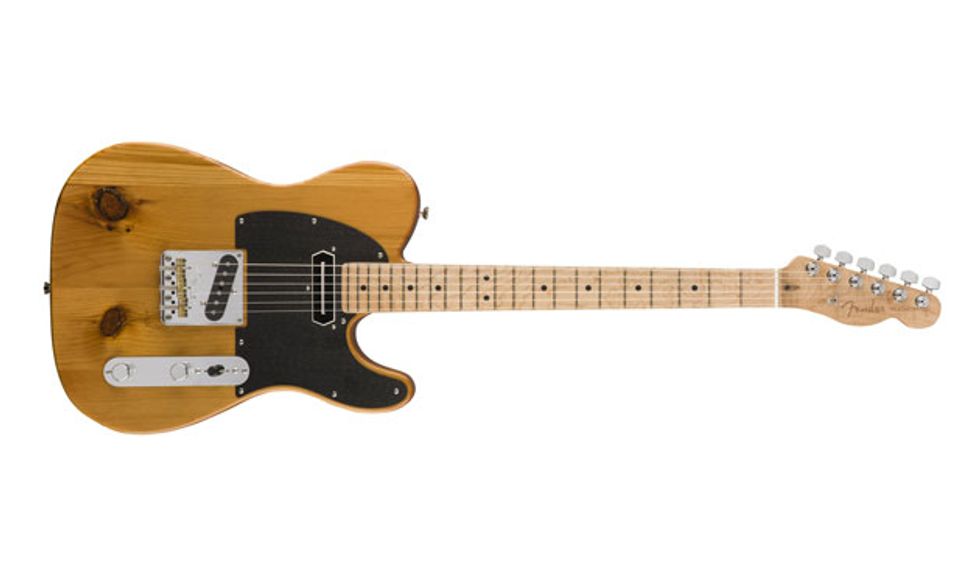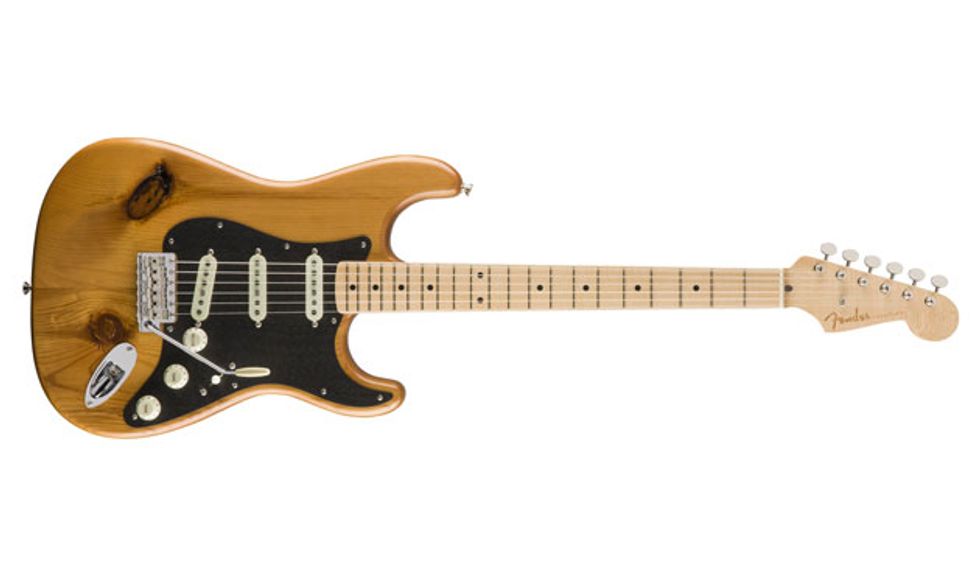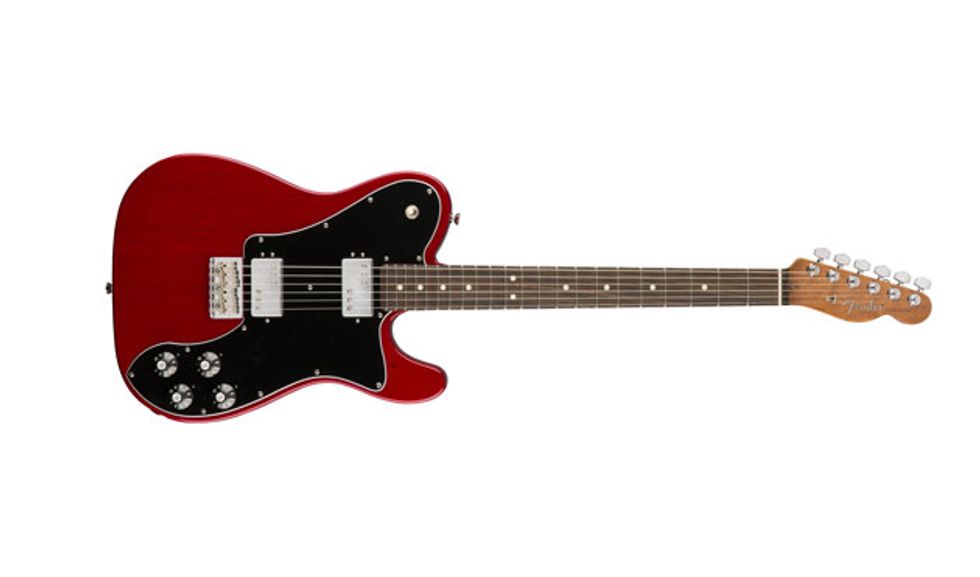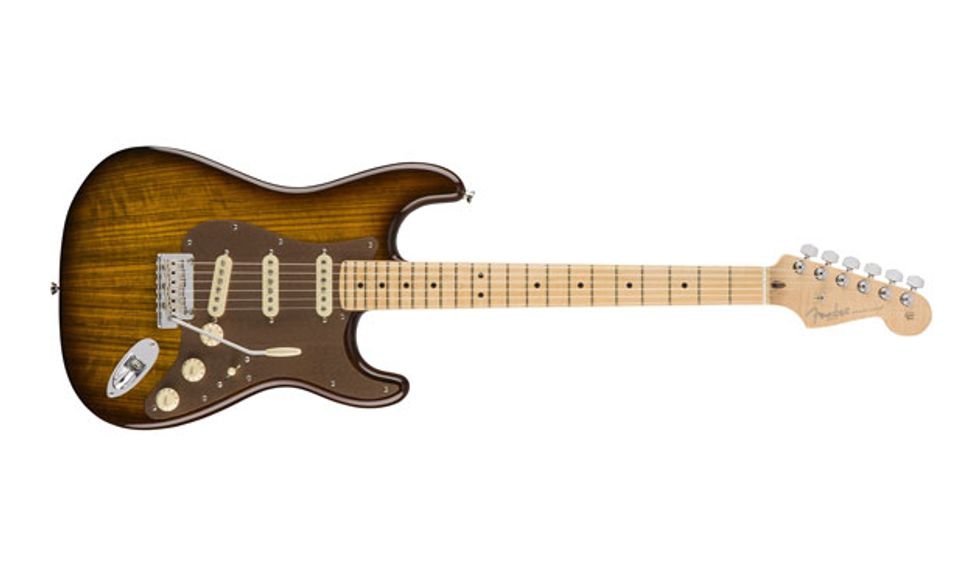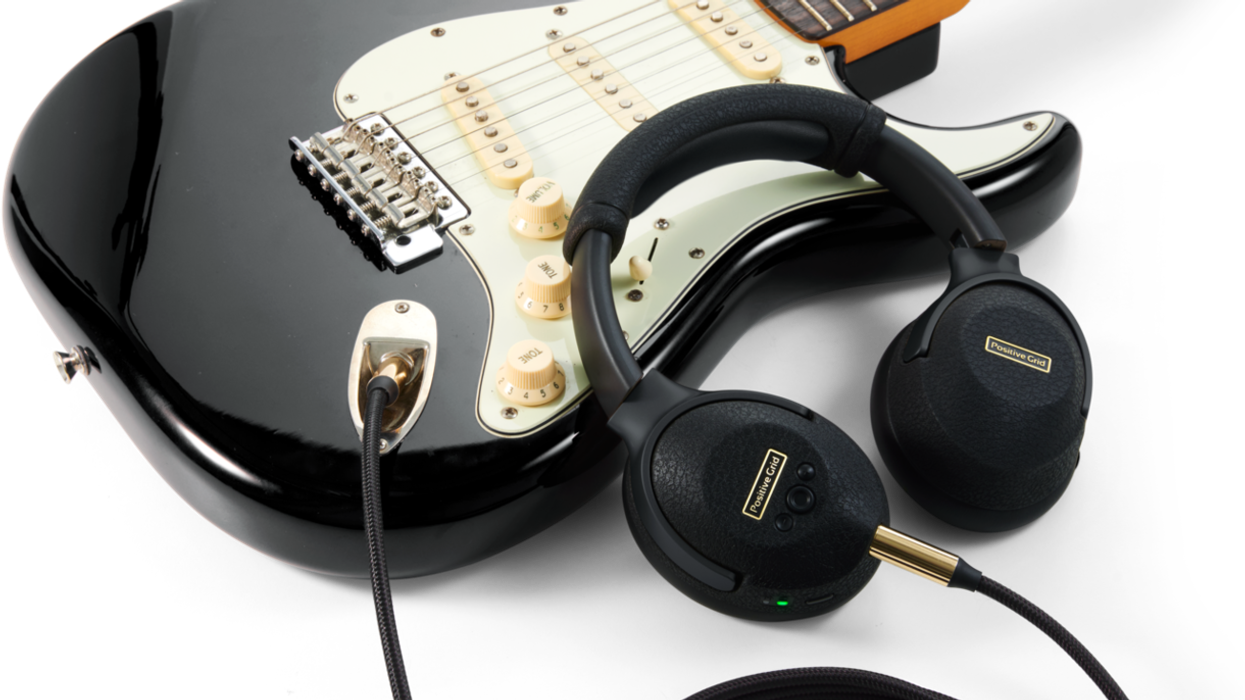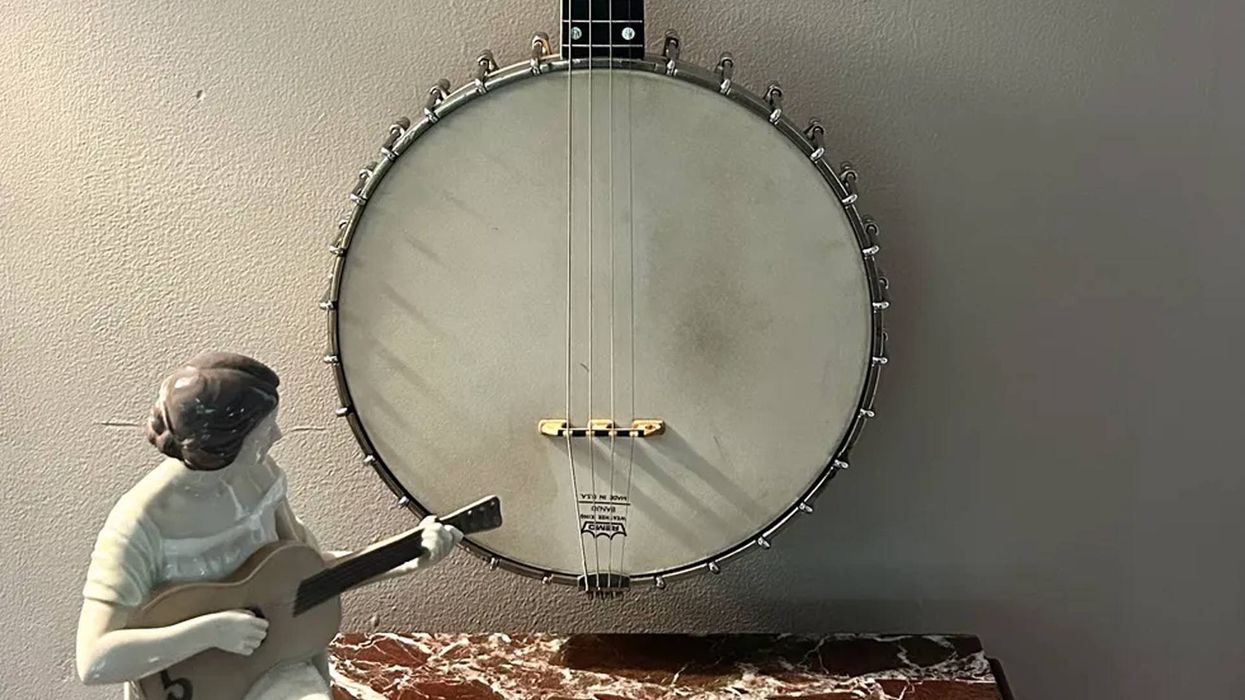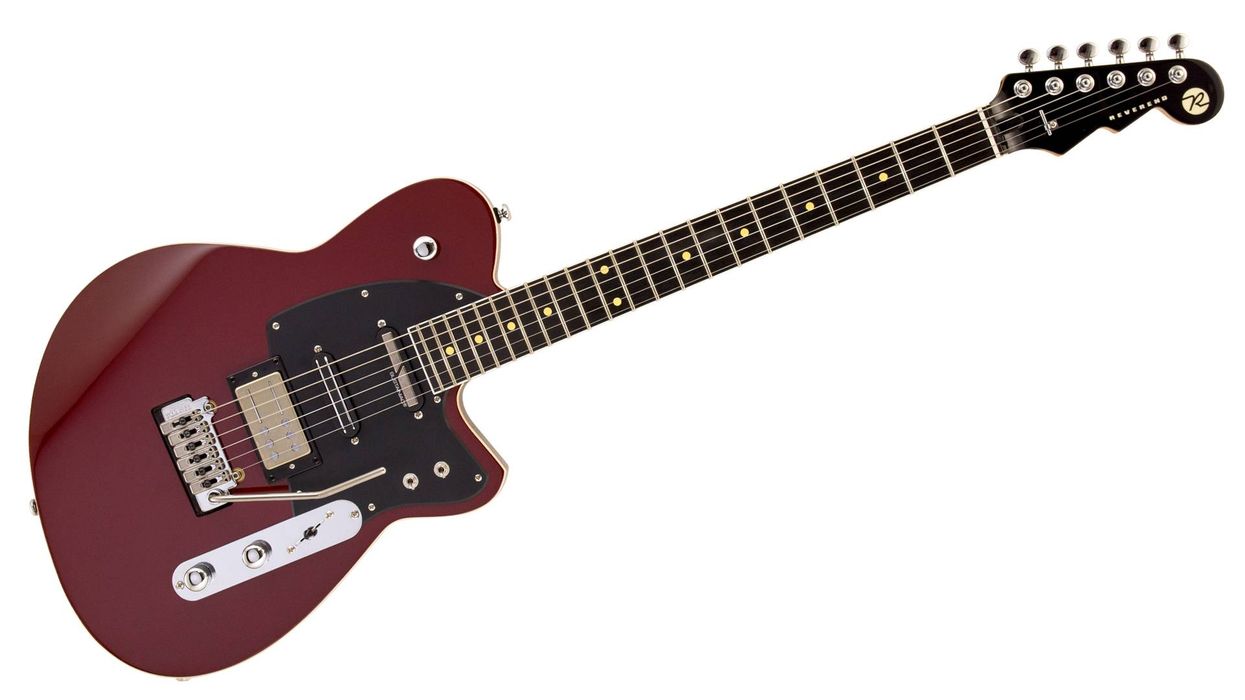Hollywood, CA (January 20, 2017) -- Fender Musical Instruments Corporation (FMIC) announces the launch of its 2017 Fender Limited Edition Exotic Collection at Winter NAMM 2017 in Anaheim, CA. Alongside the release of Fender’s 2017 American Professional series of guitars and basses, the Exotic Collection includes expanded offerings for some of Fender’s most-popular electric instruments: American Professional, American Elite, and American Vintage models – all built with a variety of unique woods such as rescued mahogany, shedua, Malaysian blackwood and reclaimed pine.
The American Vintage, American Elite, and American Professional series are reflections of Fender’s 70 years of knowledge, craftsmanship, and experience creating iconic instruments. The Limited Edition Exotic Collection features fresh iterations of the Telecaster, Stratocaster, Jazzmaster, and Jazz bass models using rare and exotic woods for a unique look and tone. Committed players get the exceptional sonic and aesthetic qualities of extraordinary tonewoods, plus great features from the American Vintage, American Elite, and the new American Professional series, which pairs Fender’s iconic models with new modern, player-centric features designed for artists across all musical genres.
Highlights of the 2017 Limited Edition Exotic Collection include the 2017 Limited Edition Shedua Top Stratocaster, which balances the traditional Strat sound with the rich-toned okoume body and shedua top; the 2017 Limited Edition Malaysian Blackwood Telecaster 90 featuring an elegant Malaysian blackwood top; as well as the 2017 Limited Edition American Professional Jazz Bass FMT with an eye-catching figured-maple top.
In the true spirit of Fender’s early years and the original prototype instruments fashioned from pine, the company has come full circle with three new pine models: the Limited Edition American Professional Pine Jazzmaster, Limited Edition American Vintage ’59 Pine Stratocaster, and Limited Edition American Professional Pine Telecaster. These limited edition pine guitars contain body wood that dates back more than 100 years when it was part of the Buckstaff Furniture Company’s facility in Oshkosh, WI and later reclaimed, cooked, and transformed into an instrument. All three models come with a limited edition neck plate with a laser-engraved Fender logo on the headstock and a hardshell case.
A departure from Fender’s traditional tone wood choices, the Limited Edition American Professional Mahogany Stratocaster, Limited Edition American Elite Mahogany Tele Thinline and Limited Edition American Professional Mahogany Tele Deluxe ShawBucker juxtapose traditional sounds with the rich tone and warm look of mahogany. All models include a limited edition neck plate and a hardshell case.
“The 2017 Limited Edition Exotic Collection is the perfect way to build on the success of our American Professional, American Elite, and American Vintage guitars,” said Justin Norvell, Vice President Electric Guitars, Basses, and Accessories. “These unique instruments are tailored to players looking for a distinct tone quality and look.”
NEW 2017 Limited Edition Exotic Collection: Launching monthly beginning April 2017
2017 Limited Edition Malaysian Blackwood Telecaster 90 – $1,999.99
The 2017 Limited Edition Malaysian Blackwood Telecaster enhances the traditional Telecaster style with the elegant look of a Malaysian blackwood top. The new limited-edition guitar features two JP-90 single-coil pickups and is topped by 22 narrow-tall frets and a 9.5”-radius maple fretboard that is ideal for most playing styles. Other highlights of the model include a custom string-through-body short-plate Tele bridge that features compensated brass saddles, a Limited Edition neck plate and a hardshell case.
2017 Limited Edition Shedua Top Stratocaster – $1,999.99
The 2017 Limited Edition Shedua Top Stratocaster tempers the traditional Strat sound with the rich tone and warm look of an okoume body with a shedua top. The limited-edition model features three of Fender’s brand-new V-Mod single-coil pickups, a new treble-bleed tone circuit and a new modern “Deep C”-shaped neck profile that feels just right in the player’s hand. The limited-edition guitar also includes narrow-tall frets, a Limited Edition neck plate and a hardshell case.2017 Limited Edition American Professional Jazz Bass FMT – $1,999.99
The new 2017 Limited Edition American Professional Jazz Bass combines modern features with a stunning figured maple top to create an instrument that looks as beautiful as it sounds. The new model features brand-new V-Mod single-coil Jazz Bass pickups, a slim “Modern C”-shaped neck and 20 narrow-tall frets that provide comfortable playing feel and perfect intonation. Other features include a four-saddle HiMass Vintage string-through-body bridge with nickel-plated brass saddles, a Limited Edition neck plate and a hardshell case.
2017 Limited Edition American Professional Mahogany Stratocaster – $1,999.99
A departure from Fender’s traditional tone wood choices, the 2017 Limited Edition American Professional Mahogany Stratocaster tempers the traditional Strat sound with the rich tone and warm look of mahogany. The new limited model features three of Fender’s brand-new V-Mod single-coil pickups, a new treble-bleed tone circuit and new modern “Deep C”-shaped neck profile and narrow-tall frets. Other features include a Limited Edition neck plate and a hardshell case.
2017 Limited Edition American Elite Mahogany Tele Thinline – $1,999.99
The new 2017 Limited Edition American Elite Mahogany Tele Thinline tempers the traditional Telecaster bite with the rich sound and warm look of mahogany. The model features a single 4th Gen Noiseless single-coil Telecaster bridge pickup and a fat-sounding ShawBucker Special Wind humbucking neck pickup (coil-splittable via the S-1 switch) for noise-free, high-output tone. The Elite Suspension Bridge is a unique design with a screwless mount that increases the vibration transfer, driving the top for nearly endless sustain and lively response. The new model also features a compound-profile neck that sports a 9.5”-14” compound-radius maple fretboard, 22 medium jumbo frets, a Limited Edition neck plate and a hardshell case.
2017 Limited Edition American Professional Mahogany Tele Deluxe ShawBucker – $1,999.99
The 2017 Limited Edition American Professional Mahogany Tele Deluxe ShawBucker tempers the traditional Tele bite with rich sound and the warm look of mahogany. The new model features a pair of fat-sounding ShawBucker humbucking pickups, 22 narrow-tall frets and a 9.5”-radius maple fingerboard that is ideal for most playing styles. The new model also features a Limited Edition neck plate and a hardshell case.
2017 Limited Edition American Vintage ’59 Pine Stratocaster – $1,999.99
Fender’s original prototype instruments were fashioned from pine and now, with the 2017 Limited Edition American Vintage ’59 Pine Stratocaster, the company has come full circle. The new limited model features three American Vintage ’59 single-coil Strat pickups, 21 narrow-tall frets and a 9.5”-radius maple fretboard that is ideal for most playing styles. The model also includes a Limited Edition neck plate with a laser engraved logo on the headstock and a hardshell case.
2017 Limited Edition American Professional Pine Telecaster – $1,999.99
The 2017 Limited Edition American Professional Pine Telecaster contains body wood that began its functional life over 100 years ago as part of the Buckstaff Furniture Company’s facility in Oshkosh, WI before it was reclaimed, cooked, and fashioned into an instrument. The new limited-edition model also features a single American Vintage ’64 Gray-bottom single-coil Tele pickup, a Lollar Charlie Christian single-coil neck pickup, 22 narrow-tall frets and a 9.5”-radius maple fretboard. The new model also features a three-saddle string-through-body Tele bridge that features compensated brass saddles. The model also includes a Limited Edition neck plate with a laser engraved logo on the headstock and a hardshell case.
2017 Limited Edition American Professional Pine Jazzmaster – $1,999.99
The new Limited Edition American Professional Pine Jazzmaster is truly unique, thanks to its grain, knotholes, and man-made imperfections. Features in the new limited-edition model include a pair of V-Mod single-coil Jazzmaster pickups, 22 narrow-tall frets, a 9.5”-radius maple fretboard and an improved tremolo and bridge that incorporate a screw-in arm and brass Mustang saddles. The model also includes a Limited Edition neck plate with a laser engraved logo on the headstock and a hardshell case.
For more information:
Fender
